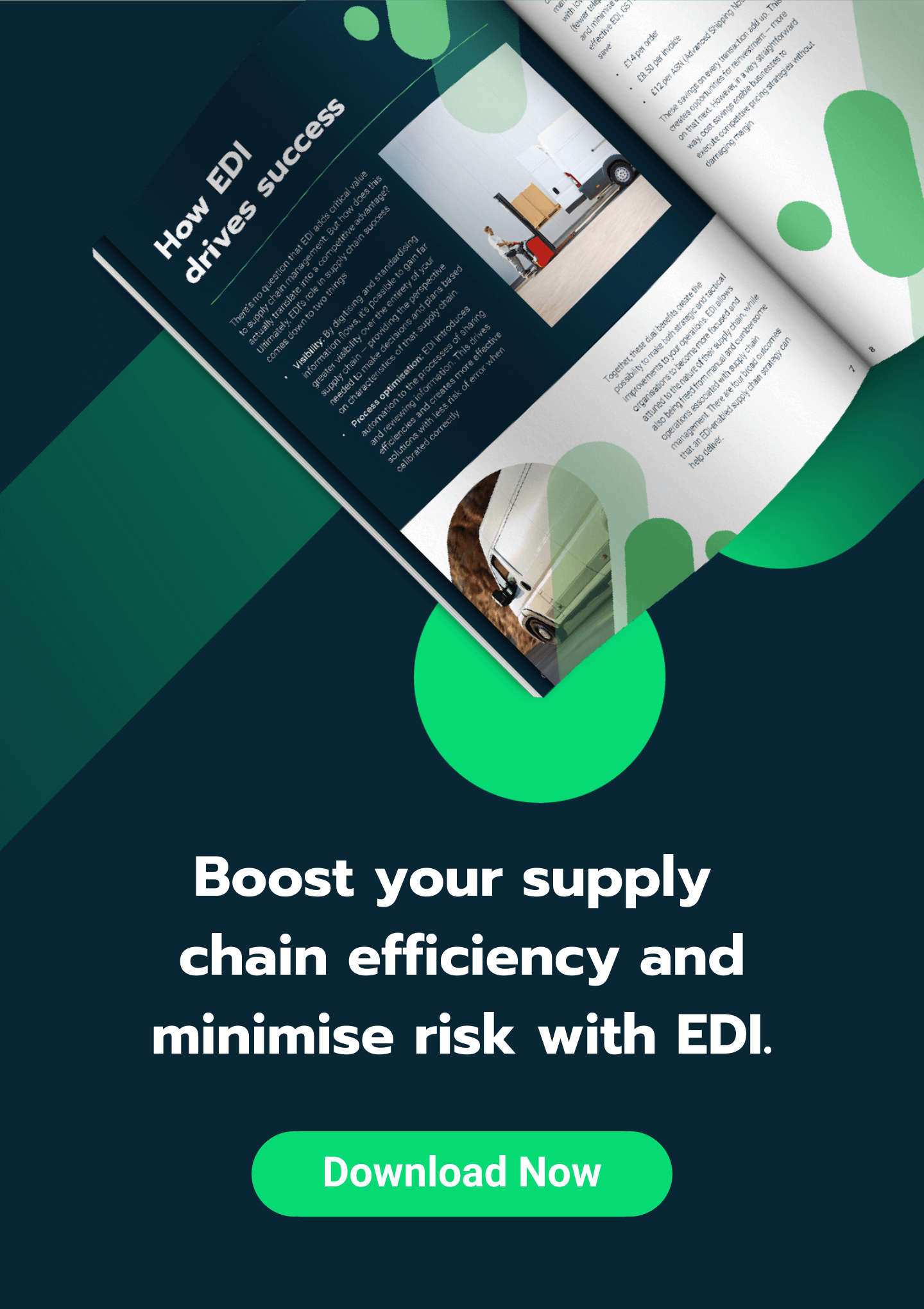How to select the right EDI provider
Until recently, most organisations venturing into Electronic Data Interchange (EDI) didn’t have to think too much about their choice of vendor. Major customers as a condition of doing business typically imposed standards, technology and vendors. Now, EDI is widely available in a competitive marketplace as a managed or ‘pay as you go’ service, requiring relatively little commitment. Changing your EDI vendor should be relatively straightforward and inexpensive.
Nonetheless, it pays to get this decision right first time and, in so doing, avoid some of the problems with some of the ‘old style’ VAN (Value Added Network) providers, namely: complacency, service degradation, increased prices, and often quite insanely complex charging mechanisms. Despite all the well-publicised benefits of EDI these have discouraged many firms from adopting EDI unless forced but the accelerating pace of commerce and volumes of data mean that EDI is no longer optional.

So what should a firm be looking for to ensure a successful, long-term relationship with an EDI service provider?
First there is pricing and charging. Costs should be transparent, predictable and have a straight line relationship to usage volumes – no sudden uplifts or surcharges for exceeding agreed volume limits, no on-going charge by the number of partner connections (some of which may be rarely used). And if traffic falls for some reason, costs should reduce.
Along with price, service needs to be considered. There are no published independent sources on service performance and reliability, but a vendor should be prepared to offer statistics that are confirmed by existing users. The web portal should offer easy ways of verifying that data is being sent and received.
The vendor should also be able to demonstrate resilience against the unexpected. The fear of criminal or state-sponsored hacking or denial of service is unfortunately very real, while any IT based system is vulnerable to communications breakdowns, fire, flood and other catastrophes. What security features does the vendor offer? What is the back-up provision for servers and the like, and where are these located? Is back-up mirrored and continuous, or could hours or even days of data be lost? How do system and data restore procedures work? In what timescale? Has anyone actually tested these? Who actually owns the servers and storage, and what priority does your vendor have if things go wrong? And, whether the problem is large or small, where is the help and assistance – is help available 24/7, do support teams have deep technical and business understanding or are they reading a script from a screen?
But neither your business, nor EDI itself, is static so you need to futureproof as far as possible. You are aiming to grow the business, so there will be ever more potential EDI partners. You need to find out how good your service provider is at ‘on-boarding’ new links in the chain. This isn’t just a technical or cost issue – especially with smaller partners there is a need to ‘sell’ the concept and advantages of EDI. A good service provider may be in a better position to do this than you.
EDI standards are continuing to develop and ‘open standards’ are gaining traction
EDI standards are continuing to develop and ‘open standards’ are gaining traction, while older standards continually evolve to reflect changing business needs and to optimise themselves to the new technologies. So it is important to understand a vendor’s commitment to and investment in keeping at least abreast, if not leading, these changes. What is its track record here? How much of its resources are devoted to development and upgrading or is it just reselling someone else’s efforts? Is it involved with the bodies that develop standards? But at the same time, how committed is it to supporting the ‘legacy’ systems that you or your partners may still need to use?
All this needs to be explored. And, of course, none of these EDI-specific questions obviate the need for ordinary due diligence. Look at the ownership, the capitalisation – might they ‘disappear’ in hard times? The accounts may show their commitment to continuing technical support and development. Court judgments may suggest levels of customer dissatisfaction with service. Standard stuff, but it is still the core of any procurement decision.
For further information send us an e-mail at [email protected].



























































































































